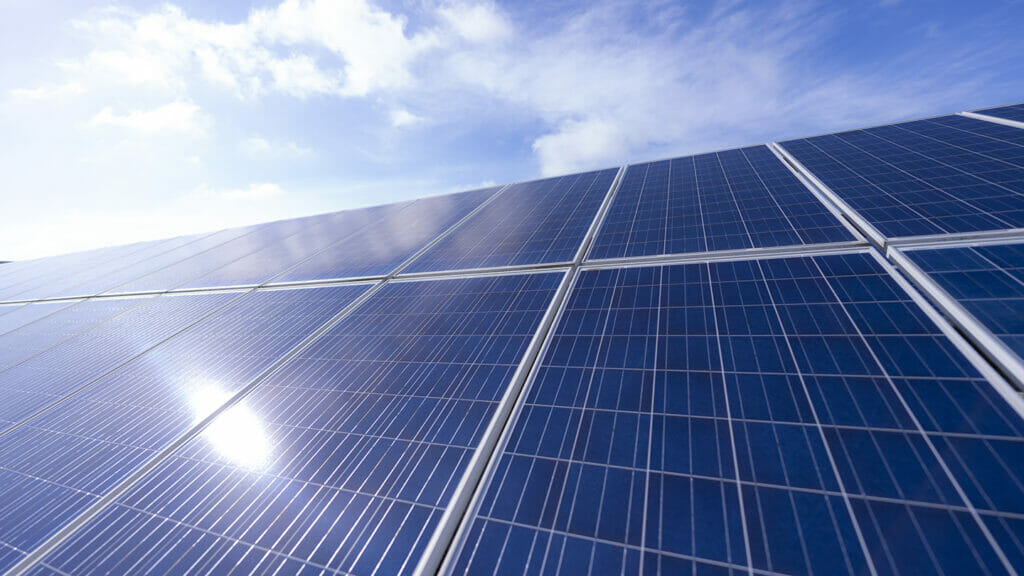

New virtual health options can help older adults by increasing accessibility to care and the monitoring of chronic conditions. But new research emphasizes another huge, important benefactor from telehealth: the environment.
The study quantified technology’s effects and concluded that even a hybrid model of virtual and in-person care can reduce carbon emissions by 25% and water consumption by 35%.
The US healthcare industry overall contributes to 8.5% of the country’s carbon footprint, study authors noted.
“Climate change poses the largest global threat to human health,” the authors wrote. “Global temperatures continue to rise, driving increasingly frequent extreme weather events such as heat waves, storms and floods, as well as disrupting food systems and increasing the transmission of disease.”
Some ways telehealth is beneficial to both older adults and the environment include:
- Cuts down on travel time by an average of 18 miles per visit
- Allows caregivers to view people’s lived-in environments, allowing them to offer advice on conditions within their home or long-term care residence
- Improves scheduling and patient/resident monitoring outside of a healthcare setting
The study, which was released last week, was conducted by Blue Shield of California and the consultant group Anthesis.
New virtual care options offer up to 24/7 access for patients; for people who live in rural areas, telehealth becomes a valuable option where in-person alternatives may require long commute times or don’t exist at all. However, that does add a requirement for some LTC communities for improved connectivity, experts have written for McKnight’s.
Climate change itself is something that could adversely affect older adults’ health, particularly those who live in the Sun Belt or the Southwest, where an increase in extreme heat events is leading to more deaths.
Within senior living communities or nursing homes, options such as solar panels and solar water heaters may not offer a direct impact on residents’ health, but they can provide renewable electricity and lower energy bills, as the McKnight’s Tech Daily recently reported.


